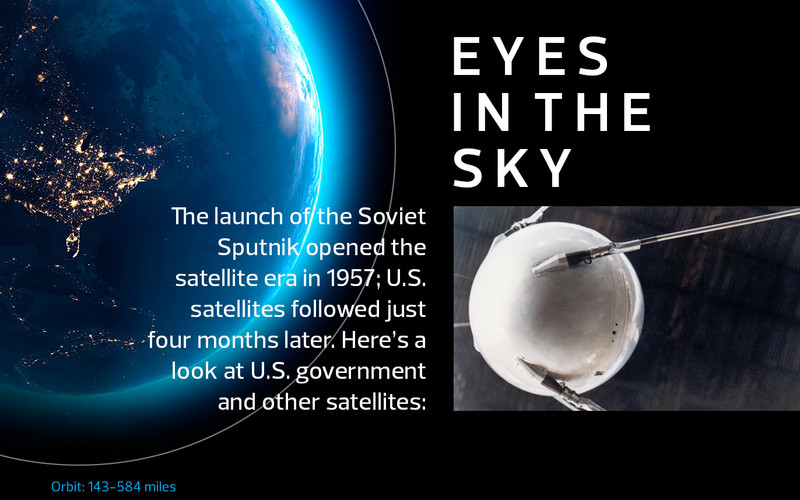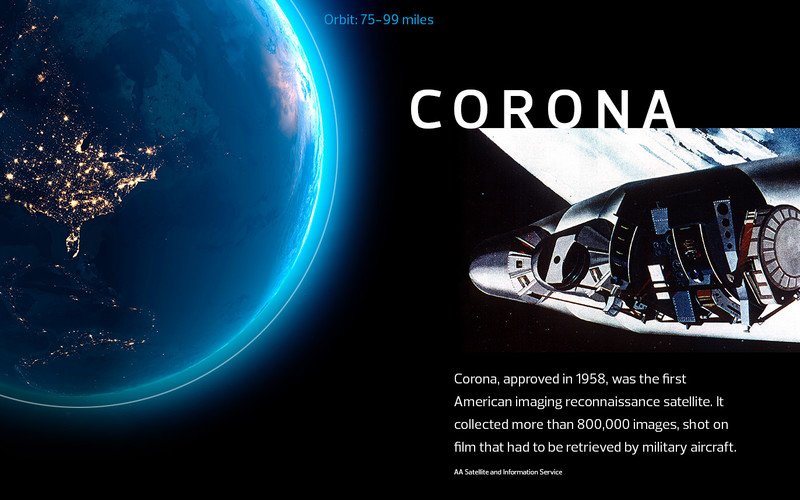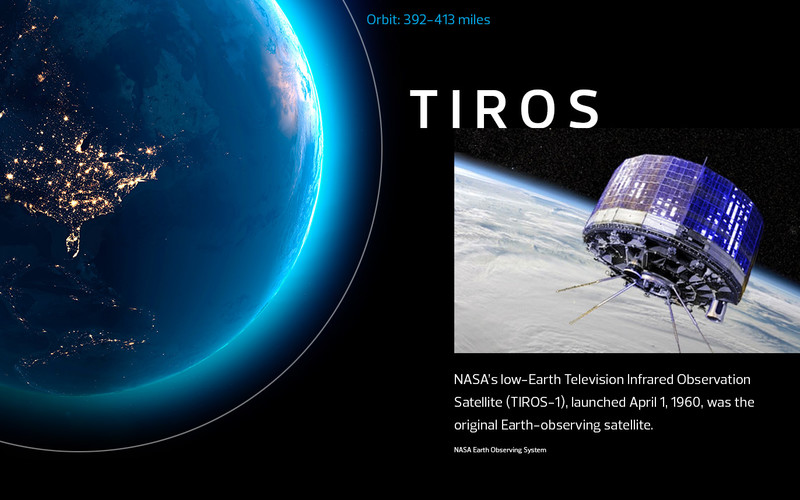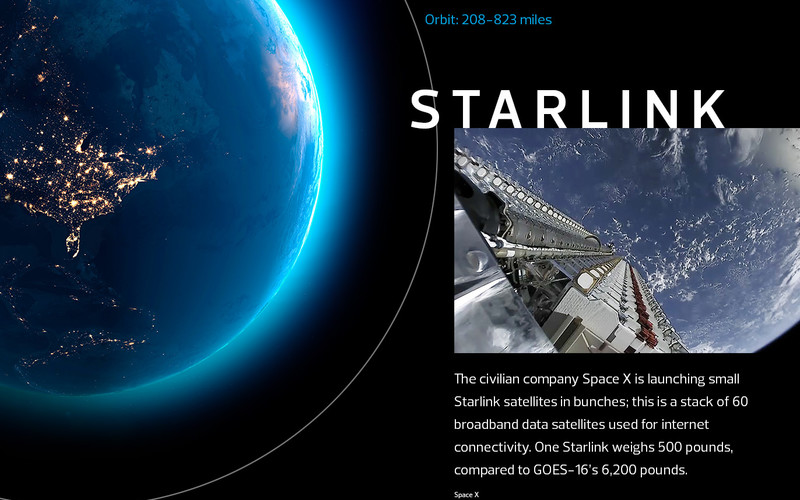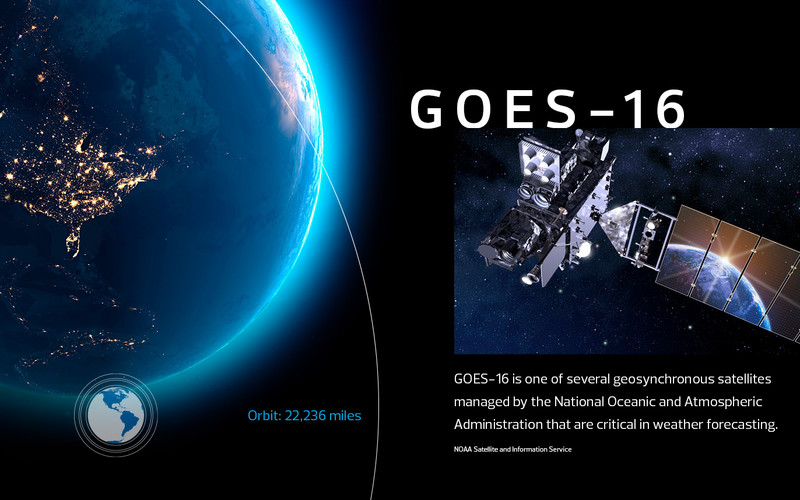Intelligence Agencies Prep for a Multicloud Strategy
There are basic building blocks of the cloud, such as storage and compute, but providers differentiate themselves through next-level services such as artificial intelligence, content management, office automation and worldwide distribution. NGA, for instance, selected one provider for a particular application because of its computer vision application for character recognition, Munsell says.
NGA moved to the cloud in 2014 but is preparing to shift to a multicloud solution if the intelligence community’s Commercial Cloud Enterprise contract is finalized. Transitioning from one to multiple cloud providers presents opportunities and challenges, Munsell explains.
“The benefit is that you have cloud service providers competing for your data storage, and that’s good. Your data storage costs could go down based on competition,” he says.
“The challenge, of course, is that a lot of the benefit of moving to the cloud is that you’re centralizing and simplifying your data access. Having your data stored in multiple clouds could complicate things.”
NGA, for example, stores its large volumes of data centrally to enable activities such as machine learning and AI, and distributing that across multiple cloud vendors is a challenge, Munsell says.
But as demand for multicloud environments grows, so do solutions and strategies for managing them. “The good news is they’ll have more choices,” Munsell says. “The bad news is they’ll have more choices.”
MORE FROM FEDTECH: Find out how to effectively plan for a hybrid cloud environment.
NASA Shifts to Commercial Cloud Environments
By the end of fiscal year 2019, NASA’s Earth Observing System Data and Information System (EOSDIS) maintained 33.6 petabytes of data.
“We have a lot of data, and we’re about to get a lot more with new missions that will launch in the next couple of years,” says Kevin Murphy, program executive for Earth Science Data Systems at NASA. “We’ll have around 250PB of data by the end of 2025.”







